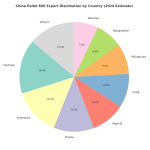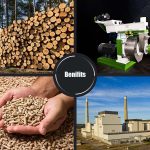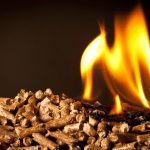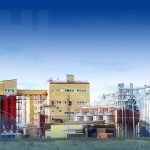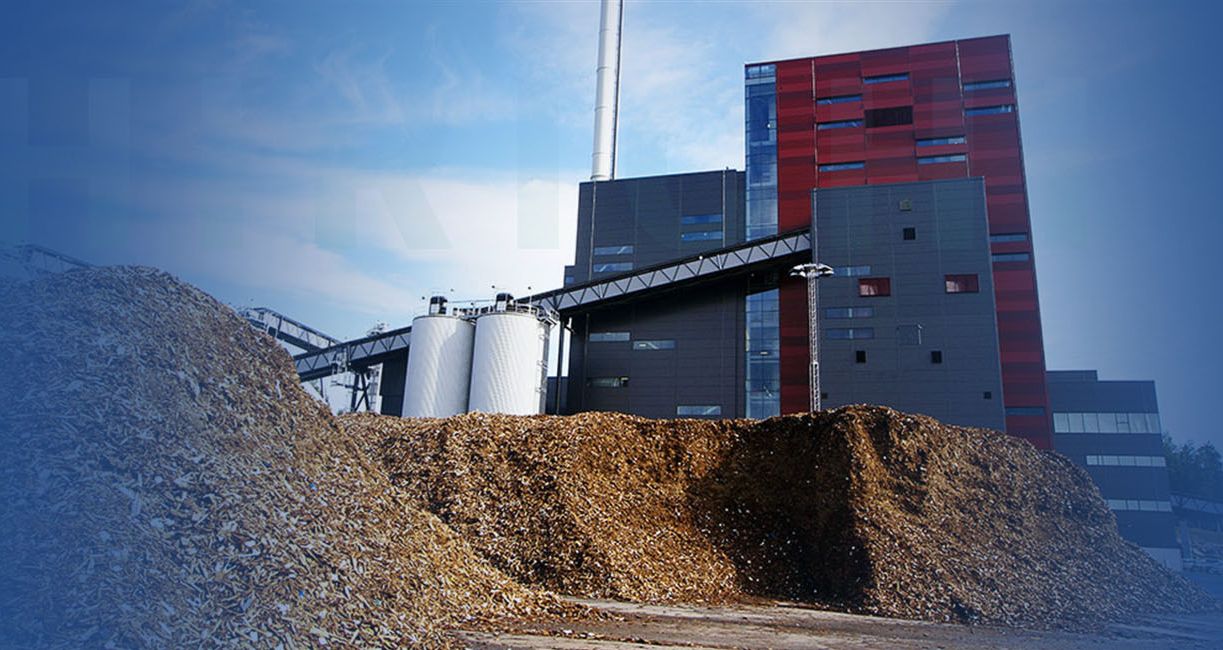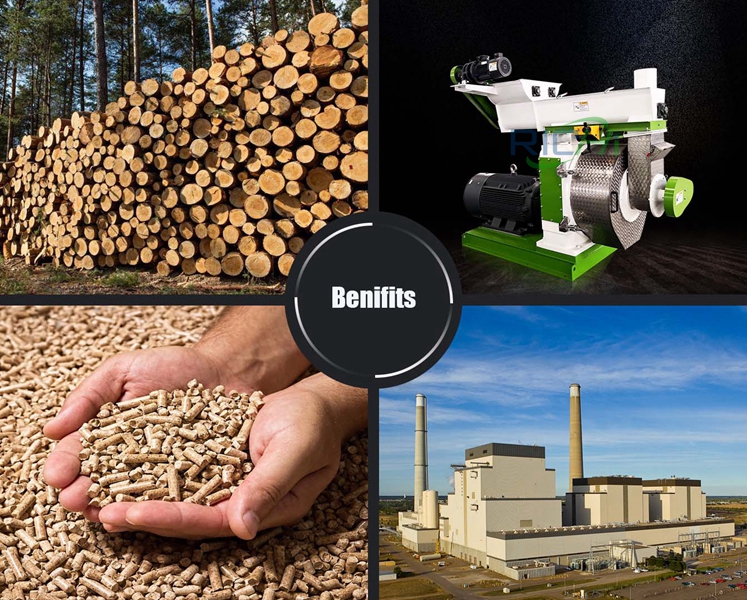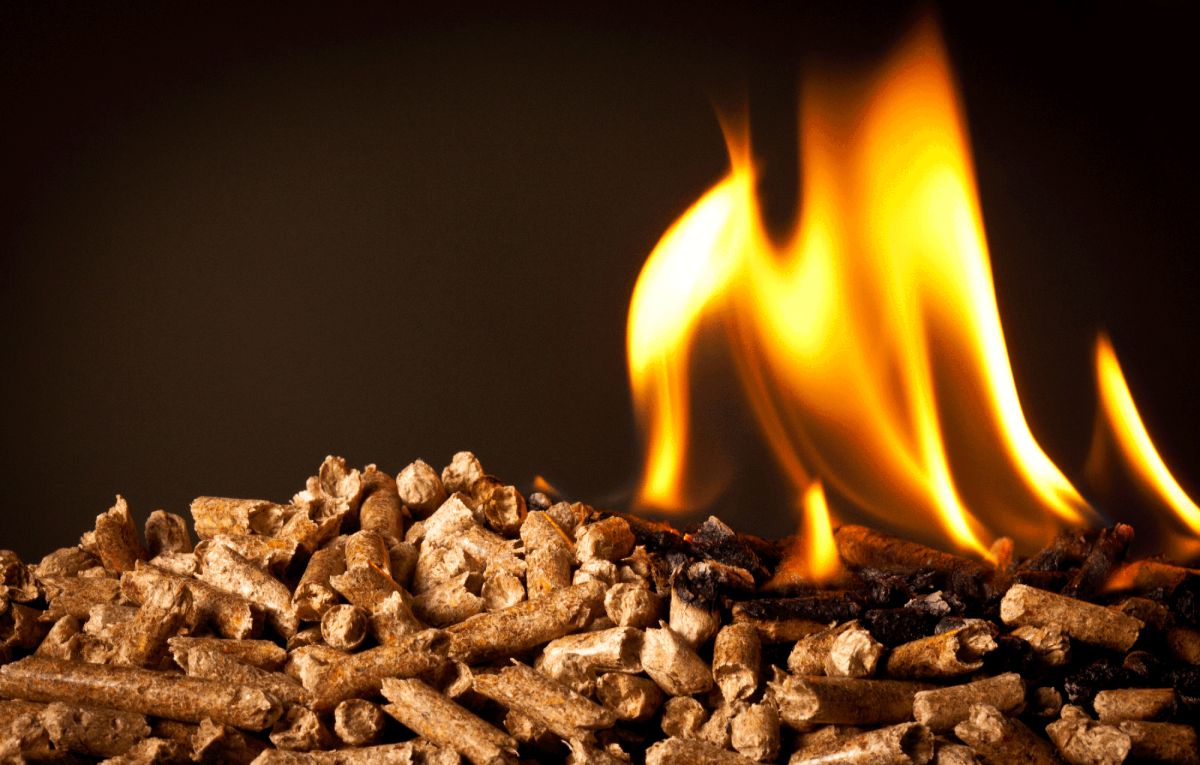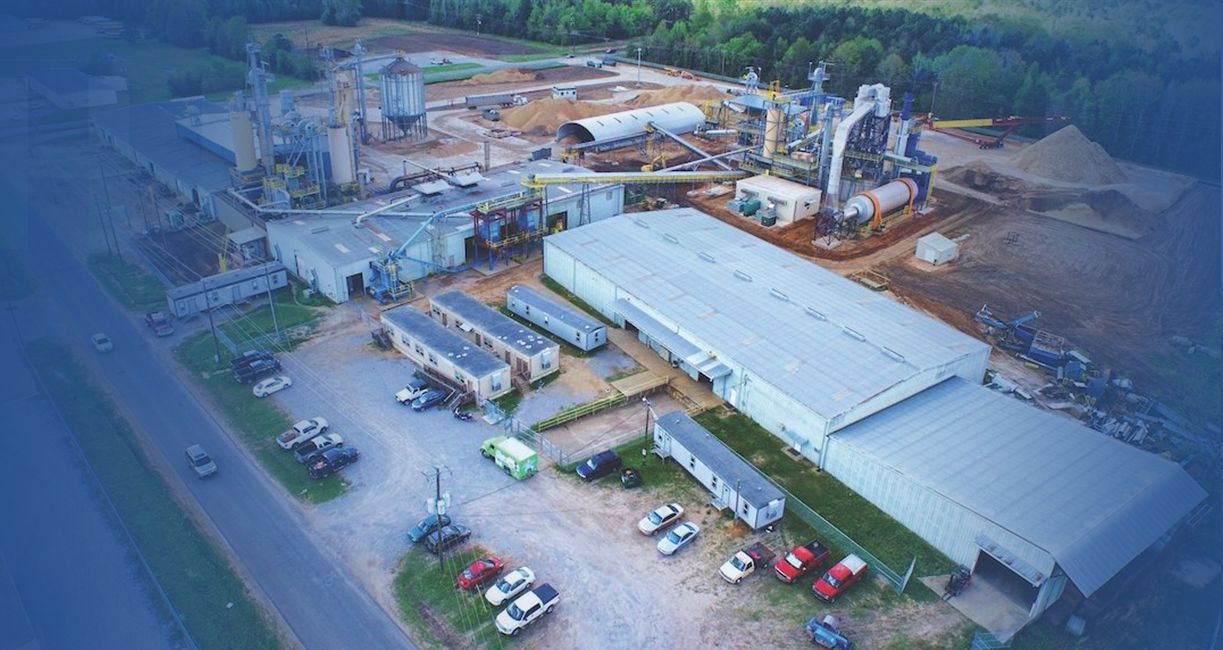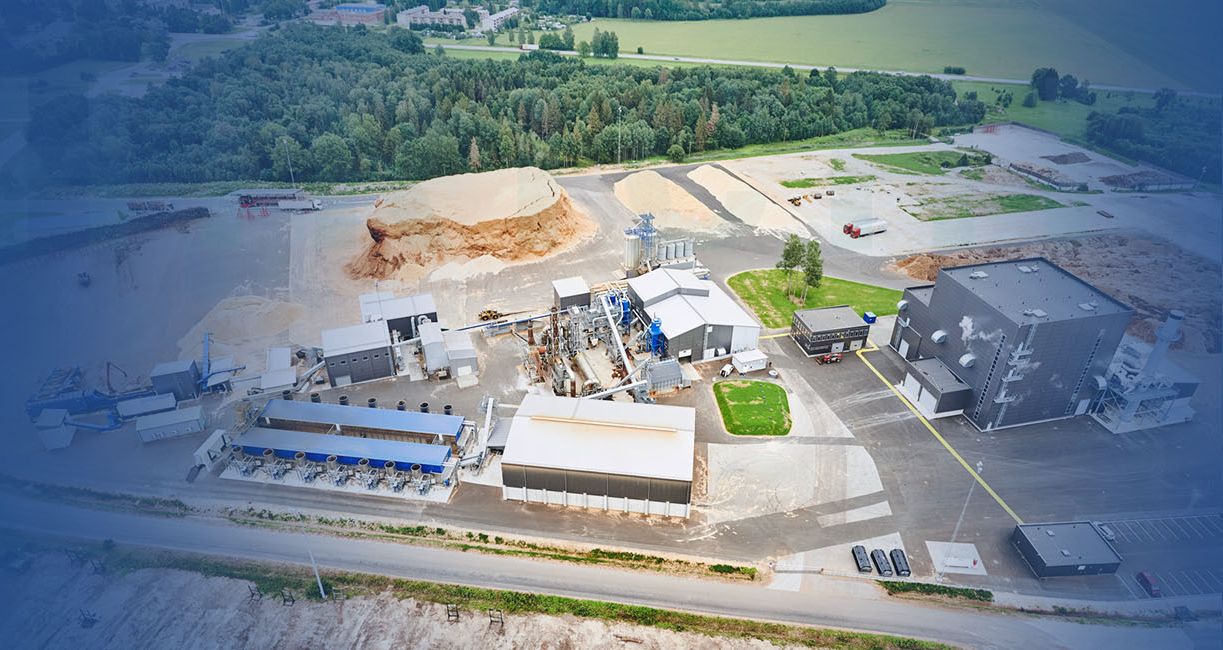The wood pellet industry has seen significant growth in recent years, driven by the increasing demand for renewable energy sources. However, the manufacturing process of wood pellets can generate considerable amounts of air pollutants, including particulate matter, volatile organic compounds (VOCs), and hazardous air pollutants (HAPs). Countries with high environmental protection standards have implemented rigorous measures to ensure that wood pellet manufacturing plants’ waste gas treatment systems meet strict regulations.
This article explores the approaches taken by these countries to maintain air quality standards in the wood pellet industry.
- Comprehensive Regulatory Frameworks
Countries like Germany, Sweden, and the United States have established comprehensive regulatory frameworks specifically addressing emissions from wood pellet manufacturing plants. These frameworks typically include:
- Stringent emission limits for various pollutants
- Mandatory use of Best Available Techniques (BAT)
- Regular monitoring and reporting requirements
- Periodic inspections and audits
For example, in Germany, the Technical Instructions on Air Quality Control (TA Luft) sets specific emission limits for wood processing industries, including wood pellet plants. Similarly, the U.S. Environmental Protection Agency (EPA) has established National Emission Standards for Hazardous Air Pollutants (NESHAP) that apply to wood pellet manufacturing facilities.
- Advanced Emission Control Technologies
To meet strict emission standards, wood pellet plants in high-standard countries are required to implement advanced emission control technologies. These may include:a) Cyclones and Multicyclones: For primary particulate matter removal
b) Baghouse Filters: For fine particulate matter control
c) Electrostatic Precipitators (ESPs): For highly efficient particulate matter removal
d) Regenerative Thermal Oxidizers (RTOs): For VOC and HAP control
e) Wet Scrubbers: For additional control of particulate matter and certain gaseous pollutantsIn Sweden, for instance, many wood pellet plants utilize a combination of cyclones, baghouse filters, and RTOs to achieve high levels of emission control. (Related post: wood pellet production line price)
- Continuous Emission Monitoring Systems (CEMS)
High-standard countries often mandate the installation of Continuous Emission Monitoring Systems (CEMS) in wood pellet manufacturing plants. CEMS provide real-time data on emission levels, allowing for:
- Immediate detection of any exceedances
- Rapid response to potential equipment malfunctions
- Accurate reporting of emissions to regulatory authorities
In the United States, large wood pellet facilities are typically required to install CEMS for particulate matter and sometimes for VOCs, depending on their potential to emit.
- Regular Stack Testing and Third-Party Verification
To ensure the accuracy of emission data and the effectiveness of control systems, countries with high environmental standards require regular stack testing. This often involves:
- Annual or semi-annual comprehensive stack tests
- Third-party verification of test results
- Submission of test reports to regulatory authorities
For example, in Germany, wood pellet plants must undergo periodic emission measurements conducted by accredited testing laboratories, with results reported to local environmental agencies.
- Best Practices and Operational Standards
Beyond technological solutions, high-standard countries emphasize the importance of best practices and operational standards in minimizing emissions. These may include:
- Proper raw material selection and storage to reduce dust generation
- Optimized drying processes to minimize VOC emissions
- Regular maintenance schedules for emission control equipment
- Comprehensive staff training on environmental compliance
The Netherlands, for instance, has developed detailed guidelines for the wood pellet industry, covering aspects from raw material handling to final product storage, all aimed at minimizing environmental impact.
- Incentives for Over-Compliance
Some countries have implemented incentive programs to encourage wood pellet manufacturers to exceed minimum compliance standards. These may include:
- Tax breaks for implementing cutting-edge emission control technologies
- Fast-track permitting for facilities demonstrating exceptional environmental performance
- Public recognition programs for top-performing plants
In Sweden, the government offers grants and subsidies for industrial facilities, including wood pellet plants, that invest in innovative environmental technologies that go beyond regulatory requirements.
- Collaborative Approach with Industry
High-standard countries often adopt a collaborative approach with the wood pellet industry to ensure compliance and drive continuous improvement. This may involve:
- Regular stakeholder meetings between industry representatives and regulatory agencies
- Joint research initiatives to develop new emission control technologies
- Industry-led voluntary programs for environmental excellence
In Canada, for example, the Wood Pellet Association of Canada works closely with government agencies to develop and implement best practices for environmental management in the industry.
- Transparent Reporting and Public Access to Information
Ensuring public trust and accountability is a key aspect of environmental compliance in high-standard countries. Measures to achieve this include:
- Mandatory public reporting of emission data
- Online databases of facility compliance records
- Community engagement programs to address local concerns
The European Union’s European Pollutant Release and Transfer Register (E-PRTR) is an excellent example of a public database that provides easily accessible information on industrial emissions, including those from wood pellet plants.
- Cross-Border Cooperation and Knowledge Sharing
Given the global nature of the wood pellet industry, high-standard countries often engage in cross-border cooperation to harmonize standards and share best practices. This may involve:
- Bilateral agreements on environmental standards for wood pellet trade
- International conferences and workshops on emission control in the biomass industry
- Joint research programs between countries to develop new technologies
The Nordic Council, for instance, facilitates regular exchanges between Nordic countries on environmental best practices in various industries, including wood pellet manufacturing.
Conclusion
Countries with high environmental protection standards have developed comprehensive approaches to ensure that waste gas treatment systems in wood pellet manufacturing plants meet stringent regulations. These approaches combine robust regulatory frameworks, advanced technologies, rigorous monitoring and testing, operational best practices, and collaborative efforts with industry.
By implementing these measures, these countries not only protect their environment and public health but also drive innovation in emission control technologies. As the global demand for wood pellets continues to grow, the practices established by these high-standard countries serve as important benchmarks for the industry worldwide, promoting a more sustainable and environmentally responsible approach to wood pellet production.
For details please contact: wood pellet mill
WhatsApp:86 138 3838 9622
Email:enquiry@richipelletmachine.com


